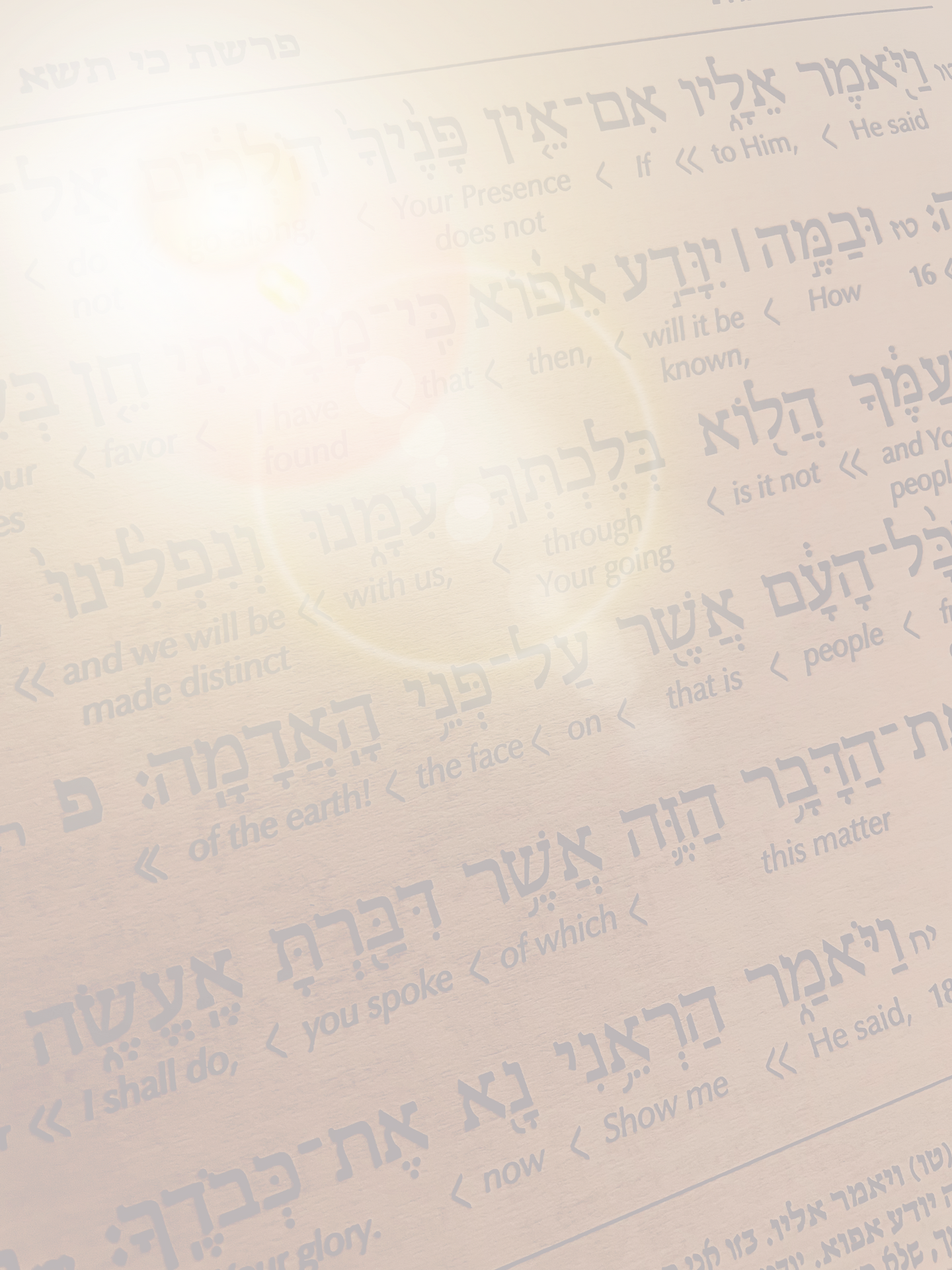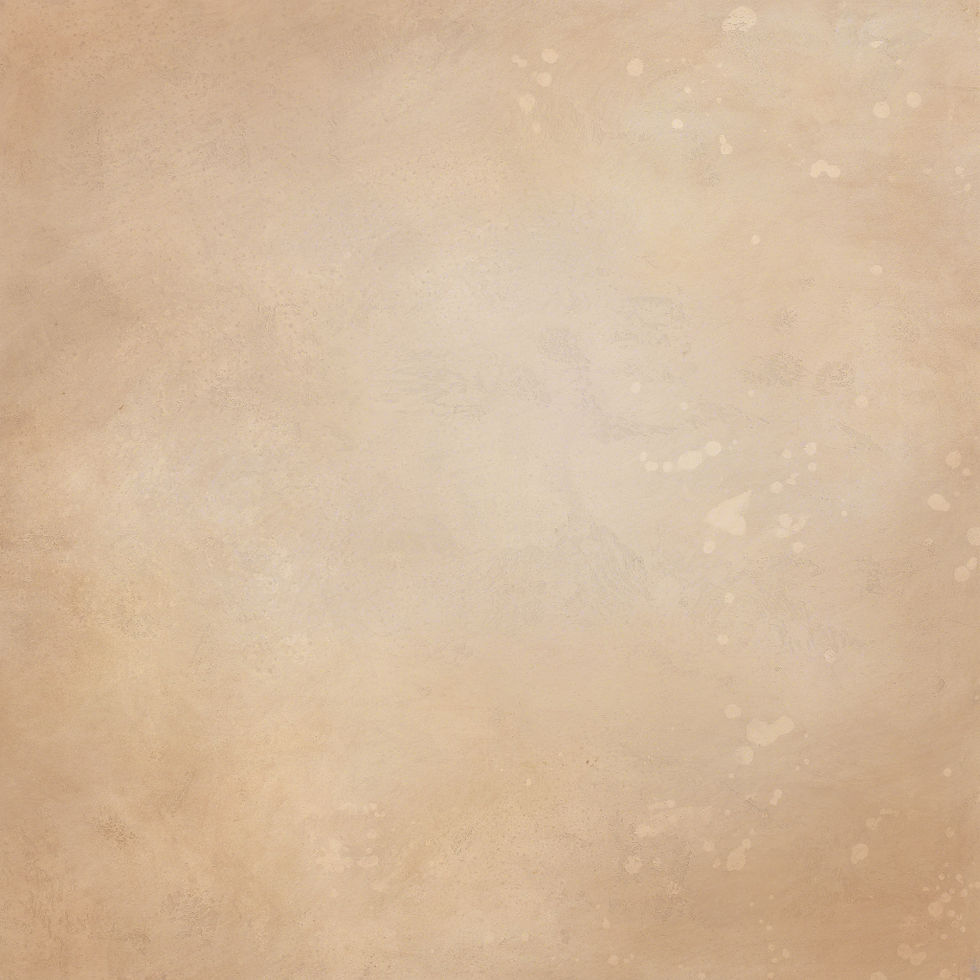

About the Course
CORE COURSE
First Semester
Unit 1: Introduction to Jewish History (2–3 weeks)
Overview: Introduction to the scope of Jewish history, its significance, and key concepts. Exploring how history shapes identity today.
Topics:
The importance of studying Jewish history.
Introduction to Jewish genealogy.
Modern tools for genealogy: Exploring family roots using websites like 23andMe and MyHeritage.
Activities:
Family tree project: Students start their own genealogical research using tools like family interviews or online databases.
Discussion on the use of genetics in understanding Jewish ancestry.
Assignment: Essay on the importance of knowing one's family history.
Unit 2: Ancient Israel and Biblical Times (4–6 weeks)
Overview: Study of the origins of the Jewish people, key biblical events, and how these events shaped Jewish identity.
Topics:
The patriarchs and matriarchs of the Jewish people (Avraham, Yitzchak, Yaakov, Sarah, Rivkah, Rachel, Leah).
Major biblical events like the Exodus, the conquest of Canaan, and the establishment of the Kingdoms of Israel and Judah.
Archaeological artifacts related to these periods, such as the Dead Sea Scrolls and ancient inscriptions.
Activities:
Explore archaeological findings that confirm biblical accounts.
Create a timeline of key biblical events.
Assignment: Research an artifact from biblical times and explain its historical significance.
Unit 3: Jewish Diaspora and Exile (4–6 weeks)
Overview: The study of Jewish exile, the dispersion of Jews across the world, and the preservation of Jewish identity during the diaspora.
Topics:
The Babylonian and Roman exiles.
Development of Jewish communities in Babylon, Persia, Egypt, and across the Mediterranean.
Introduction to Lost Jews, such as the Bnei Menashe of India and the Kaifeng Jews of China.
Activities:
Research the history of a Jewish community in exile (e.g., Babylon, Egypt).
Explore stories of Lost Jews and their rediscovery in modern times.
Assignment: Write an essay on the survival of Jewish communities in exile and how they maintained their identity.
Unit 4: Medieval Jewish Life and Scholarship (4–6 weeks)
Overview: Exploration of Jewish life during the medieval period, including key figures and contributions to scholarship.
Topics:
Jewish life in medieval Spain, France, Germany, and Eastern Europe.
Key scholars: Maimonides, Rashi, Yehudah HaLevi.
Jews in Eastern Europe: Ashkenazi traditions and life under various European empires.
Activities:
Comparative study of Sephardic and Ashkenazi Jewish life during the Middle Ages.
Research Jewish scholarship and its influence on law, philosophy, and science.
Assignment: Creative project on the life of a prominent Jewish scholar from the medieval period.
Second Semester
Unit 5: Jewish Communities in the Modern World (4–6 weeks)
Overview: Understanding Jewish life in the modern era, focusing on the rise of Jewish communities in Europe, the Americas, and beyond.
Topics:
Jewish immigration to Eastern Europe, the U.S., and South America.
Jewish life in China, including the Kaifeng Jews and Jewish refugees during World War II.
The role of genealogy today: Understanding Jewish roots through genetics and genealogy websites like 23andMe.
Activities:
Students use tools like 23andMe or MyHeritage to explore Jewish genetic markers and their implications.
Research the Jewish communities of Shanghai during World War II.
Assignment: Create a family genealogy project, incorporating historical research and genetics.
Unit 6: The Holocaust and World War II (4–6 weeks)
Overview: An in-depth study of the Holocaust, focusing on the impact on Jewish life and the efforts to preserve Jewish history post-Holocaust.
Topics:
Causes of the Holocaust, ghettos, concentration camps, and acts of Jewish resistance.
Post-Holocaust efforts to document and preserve Jewish genealogy and culture.
The role of DNA testing in tracing lost Jewish families post-Holocaust.
Activities:
Survivor narratives: Exploring the stories of survivors and their families using oral histories.
Project: Investigate the impact of DNA testing in reconnecting Holocaust survivors with lost family members.
Assignment: Research paper on the use of genetics and genealogy to rediscover Jewish identities after the Holocaust.
Unit 7: The State of Israel (4–6 weeks)
Overview: The establishment of the State of Israel and its role in Jewish history.
Topics:
The Balfour Declaration, the United Nations vote in 1947, and the War of Independence in 1948.
The role of archaeology in Israel: Recent discoveries that shed light on Jewish history.
The impact of the ingathering of Jewish exiles from across the globe, including Ethiopian Jews (Beta Israel) and the Bnei Menashe.
Activities:
Create a map showing the immigration routes of Jewish communities to Israel.
Research an archaeological discovery in Israel and its significance for Jewish history.
Assignment: Write an essay on the role of archaeology in validating Jewish history and identity in Israel.
Unit 8: Contemporary Jewish Life and Challenges (4–6 weeks)
Overview: Understanding the challenges and triumphs of Jewish life today, focusing on issues such as identity, antisemitism, and the survival of small Jewish communities.
Topics:
The role of Jewish genealogy and DNA testing in reconnecting Lost Jews and Jewish descendants around the world.
Contemporary Jewish communities in places like Eastern Europe, Africa, and China.
The resurgence of interest in Jewish ancestry through genetics and family histories.
Activities:
Group project: Research a Jewish community from Eastern Europe or Asia that survived or revived in modern times.
Discussion: The future of Jewish genealogy and how modern tools are helping preserve Jewish identity.
Assignment: Write an essay on a small or Lost Jewish community and how modern technology is helping reconnect them with the broader Jewish world.
Unit 9: Culminating Project (3–4 weeks)
Overview: Independent or group research project on a selected topic related to Jewish history, incorporating elements from the entire course.
Assignment:
Students choose a Jewish history-related topic (e.g., Lost Jews, Jewish genealogy, archaeology) and develop a research project.
The project includes a written report, a creative component (presentation, video, or art), and an oral presentation to the class.
Assessment Methods:
Research Projects: In-depth projects on topics such as Jewish genealogy, archaeological findings, or Lost Jews.
Creative Projects: Mapping, genealogical research, and artifact analysis.
Hands-On Activities: Family tree research, genetics exploration using online tools, and presentations on historical findings.
Essays and Reports: Focused on specific historical events, figures, or the use of modern technology in Jewish history.


